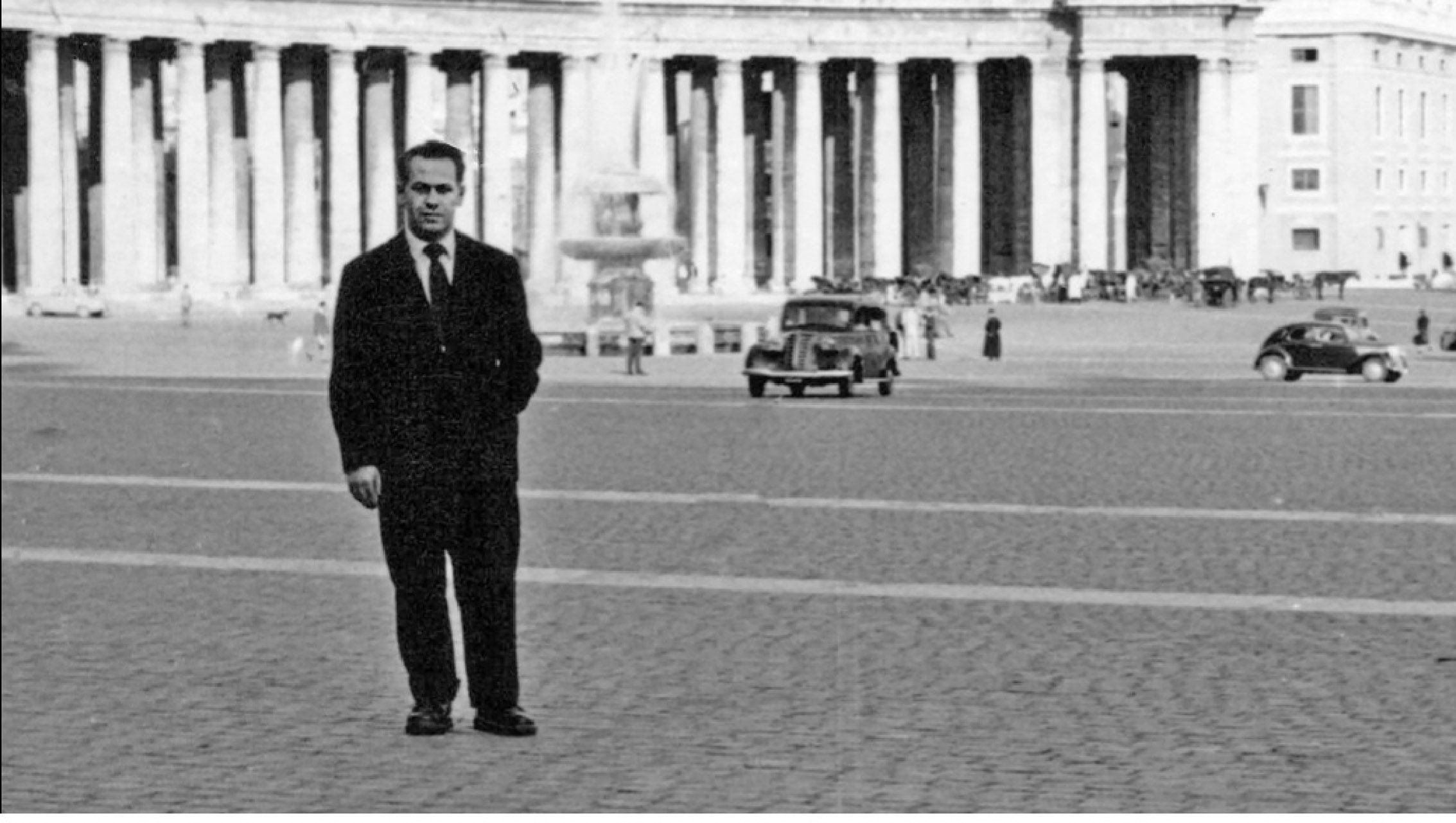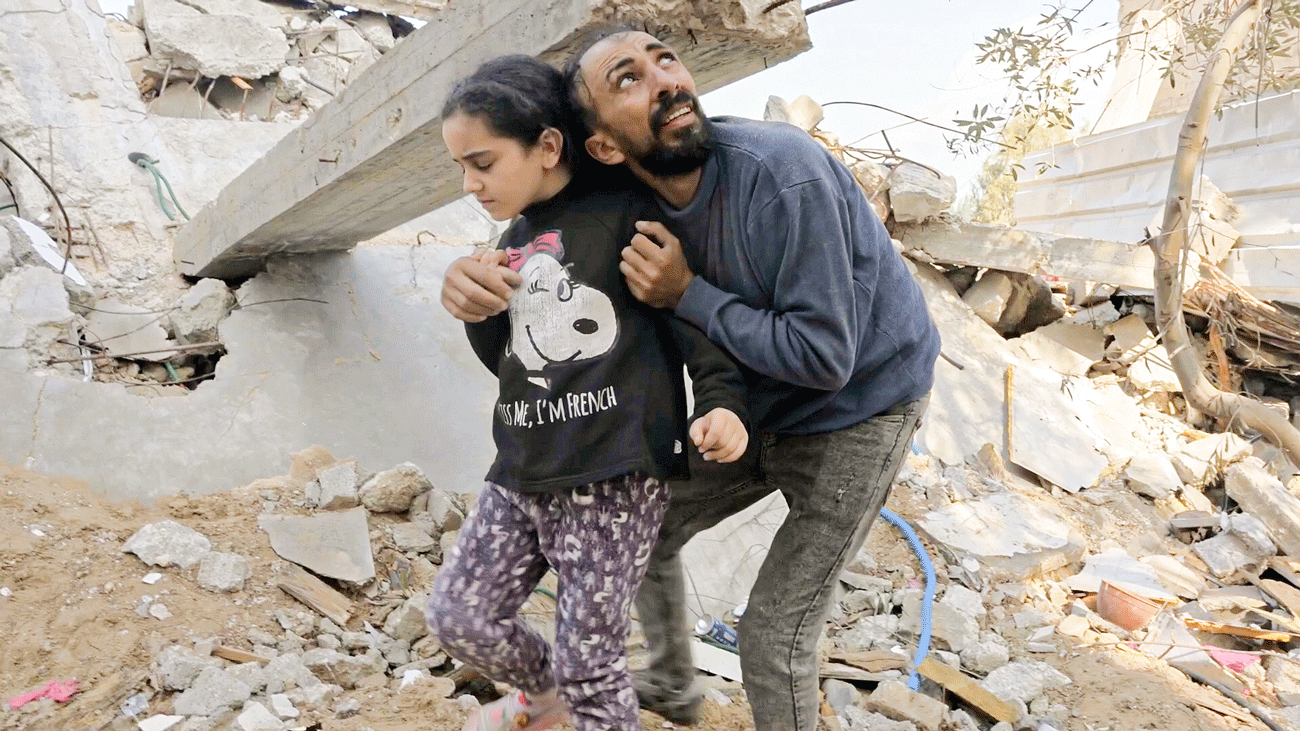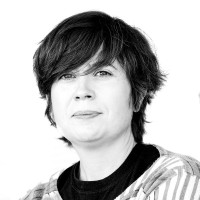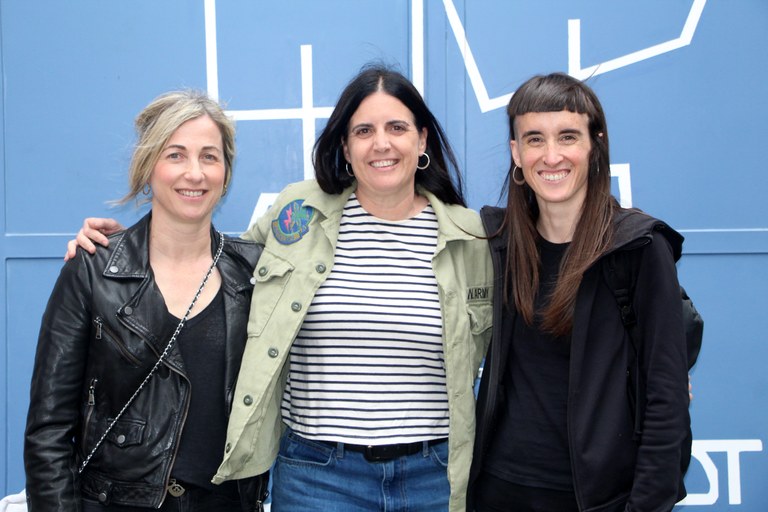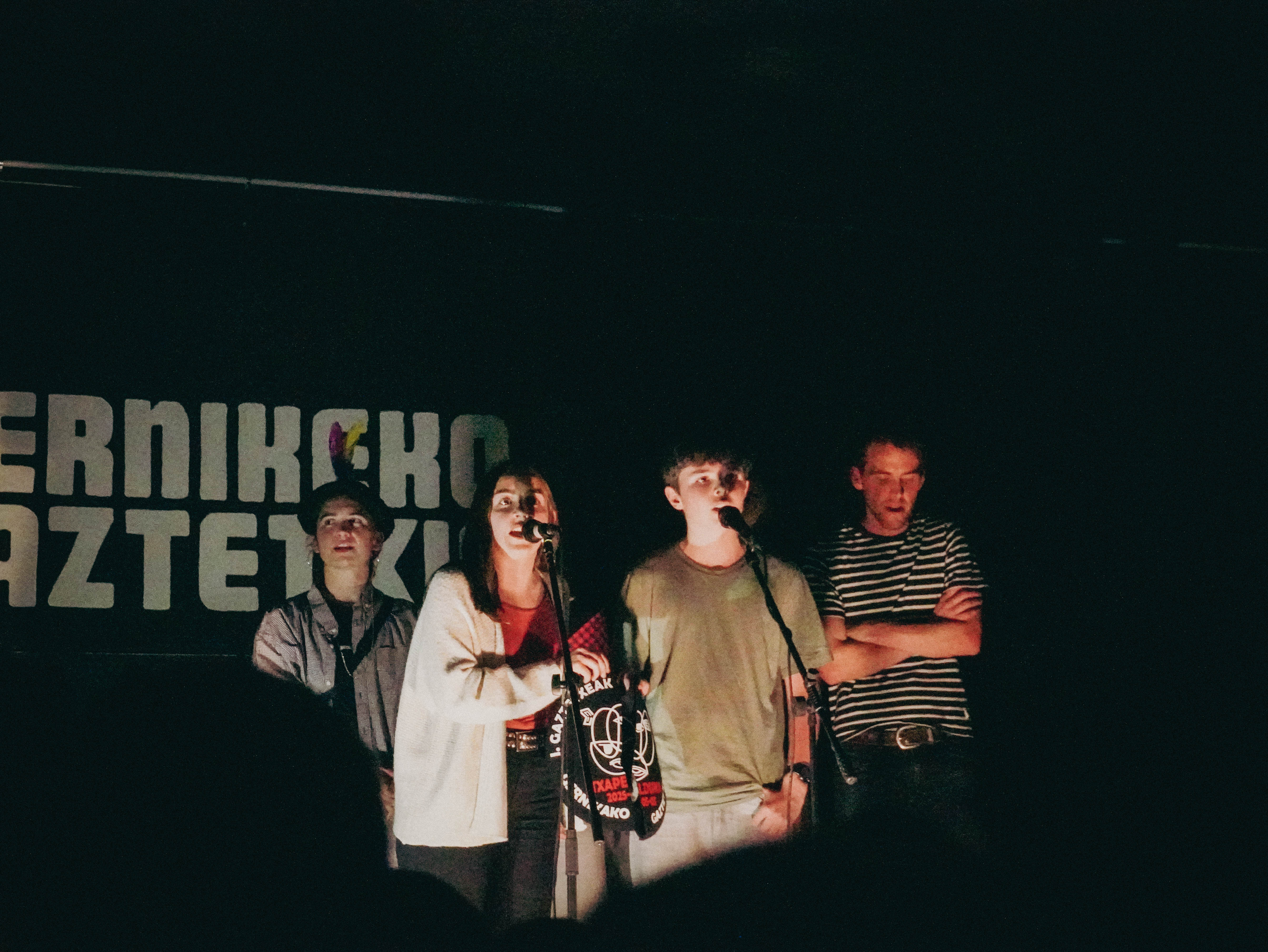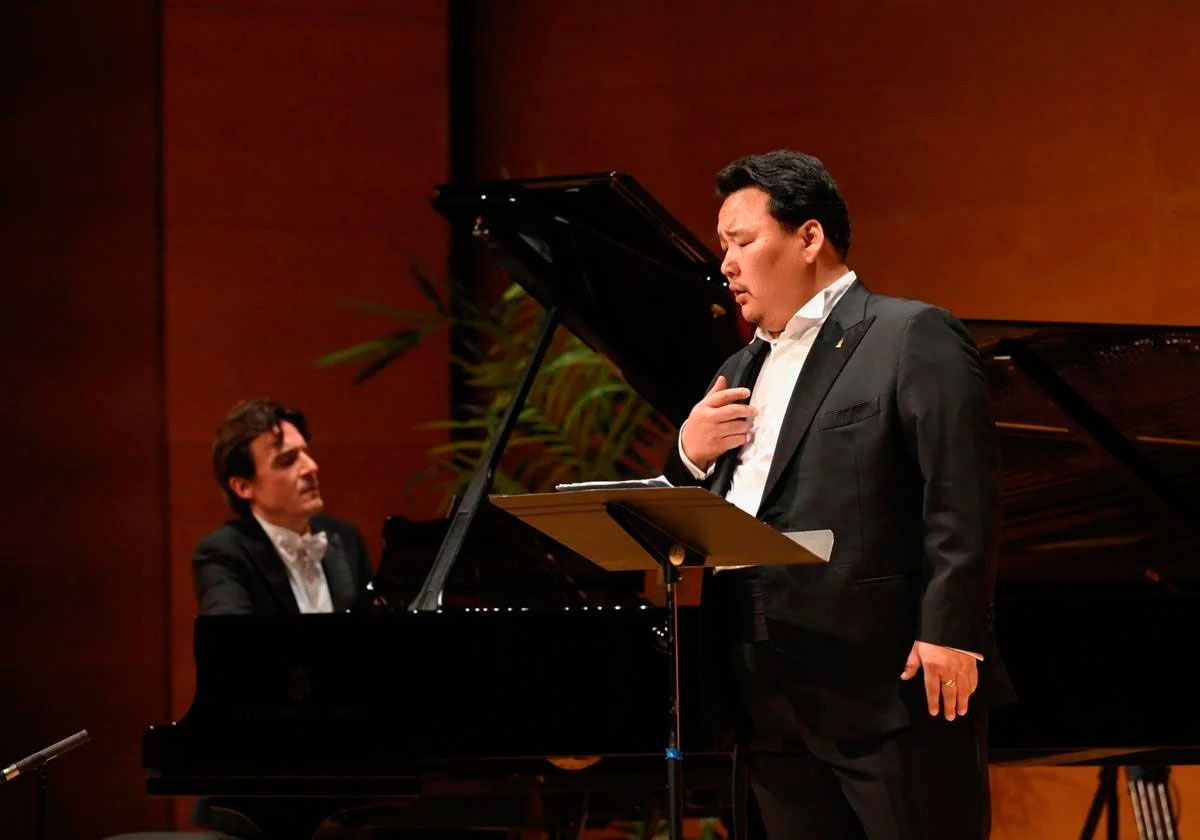The exile and nostalgia of a family, through the forgotten history of miangolarrons
- Like many, the war struck the Miangolarra Gorostiza family. In the desert, the lithography company was founded and assembled. Returning to Euskal Herria, it happened that his money went to get Federiko Krutwig to write Vasconia, or to get Ez Dok Amairu's singers to record records. And yet, and always in silence, his name: Miangolar. The writer Patxi Zubizarreta has brought his half evil to light.
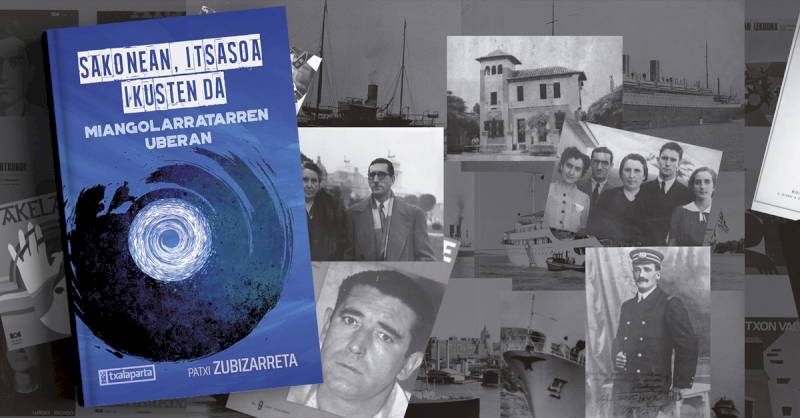
The name of Patxi Zubizarreta Dorronsoro (Ordizia, 1964) is puzzled in the media. Not for nothing, he has just won – with the work Zerria, last year’s Lizardi prize – the National Prize for Children’s and Youth Literature and, in the same way, the Euskadi Prize for Literature. However, despite the gain of these merits, we are presenting a new work, recently published: At the bottom you see the sea. At the Miangolarratas Ubera (Txalaparta, 2023). Drawing the history of the Miangolarra Gorostiza family, our writer brings to light a hidden part of the history of the Basque Country.
The story of a family marked by exile is that of the miangolarrats. The musician Joserra Senperena has left him summarized in the back of Zubizarreta's book: “It seemed to me a great injustice that I had no news of that family that had been exiled in the 1940s [Miangolarra Gorostiza], especially after having used the assets of their business to promote the culture of a people. Patxi Zubizarreta’s book can serve to discover a small and memorable part of our history and, by the way, to enjoy the adventures of a family that lived in the world.” There are, therefore, the keys to the family trajectory and the book: exile, the use of goods, our history, our adventures… And those elements have been collected and completed by the writer, as he did before in two narratives: Flight from Julien Vinson (Elkar, 2019) and Three letters from Pamplona (Pamiela, 2012). The journey in both can help this time.
Exilio The
Miangolarrats, in short, the marriage Francisco de Miangolarra and María Asuntzion Gorostiaga, are five sons: Luz, Laura, Mari Fe, a 10-year-old patient, Augustus and Francisco de Paco. However, as we will notice from reading the book, the youngest of the relatives, Paco, will assume almost all the prominence.

The five children who were born in Gernika, their father was born in Arratzua and his mother Ibarrangelu. However, they did not make a season in their hometown, as Captain Francisco de Miangol, by profession, was taken to the port of Pasaia. And, as Zubizarreta tells us, “after his father, the whole family came to San Sebastian. When the 1936 war broke out, the family, like many, took the path of exile and took refuge in Gernika and Bayona.” And as we know, in 1939, when they were still at war in Spain, the miangolarris were in Baiona.
From the sky it is known that the other side of the Bidasoa flooded with fugitives. “Together with unconsciousness, terror prevailed,” writes Zubizarreta, announcing a distant exile: America. First, the family moved to Paris to surround passport visas. Subsequently, they applied for the right of asylum in the USA, Mexico, Argentina and Venezuela. At all events, only the latter country accepted the request of the miangolarris, and so the family arrived in Caracas.
Two family members, Luze and Augustus, founded Los Caobos School in Caracas. The two young people of the house, Augustus and Paco, did more. They started lithography, and they worked a lot and well. In 1949, for example, they were dedicated to the elaboration of Venezuelan maps at the request of the National Cartography. In the following year the map of Venezuela was completed. Next time they began to make geological maps for the Ministry of Mines and Hydrocarbons. And it goes on: “Under the Ministry of Development, they began to study and develop milk and International Packaging S. A. They created it,” they imported from EE.UU. a product of the same quality and 10 or 20% cheaper. “Then the brothers Augustus and Paco also created the Commercial Rotogravure firm and continued with the packaging of cigars, aluminum and soft drinks,” we read in Zubizarreta’s book… In a word, the miangolarrates were assembled in Venezuela.
The
Basque Nationalist community was then strong in Caracas, the country that welcomed the most refugees, and in 1942 Eusko Etxea was established. And, on many occasions, lehendakari José Antonio Agirre was also present at the 1959 Aberri Eguna. However, many Venezuelan Basques wanted more than the government had done so far, and in 1960 some nationalists published the Karakas Manifesto. Unsigned, although José Estornes Lasa and Augusto and Pako Miangolarra were not apart. This document was entitled “Aberri, Euskara eta Azkatasuna” and, according to Zubizarreta: “Euzko Aberri was in favour of a new government, apart from the hypothetical Spanish Republic, far from the oppressive conduct of the Vatican, and of the whole of Euskal Herria: ‘Since after the harsh battle that Spain brought to the Basques and which honoured our most beautiful youth, it was not all the joy and equality of the Basques…’. It was an appeal to struggle, some wanted more. For example, breaking with Spain.
Aita gurea, Euskara
Returning from Venezuelan exile to San Sebastian, Pako Miangolarra accompanied Krutwig Biarritz and Marc Legasse. In the early 1960s, the trio KLM (Krutwig, Legasse, Miangolarra) was born, which sought to combat dictatorship and the Basque Country.
Witness of the friendship – and heterodoxy – of Miangolarra and Legasse, Patxi Zubizarreta has modified the next poem of Legasse Sakonean, you see the sea. To the book Miangolarratarren uberan:
Find out what
our parents like
and see our
people, feel your
strength at home
and in the square.
Let
us not let the
bread of freedom fall into the
temptation of Castilian.
[Libere Baiña from
Spanish disease].
Regular.
They were strong nationalists in exile.
On one occasion the Miangolarrates placed an ikurrina in their lithography.
Once again, in 1962, determined to return to Euskal Herria, and at the request of the visa of the Spanish embassy, the ambassador made red accusations to prevent access to the Spanish State: the two brothers Miangolarra, who participated in all the acts of the Eusko Etxea of Caracas, organized the burning of Spanish flags in the capital and acted continuously.
They
came back, though. The two Miangolarra brothers were in San Sebastian in the early 1960s. The youngest of the brothers, Paco, was like in San Sebastian in the villages across the Bidasoa, and met Federico Krutwig in Biarritz, who returned from the Belgian exile. And an intellectual who pointed out the path that Paco Miangolarra saw in Federico Krutwig to confront dictatorship and repression. This is how Vasconia was born. Written by Zubizarreta: “Krutwig wrote a lot of linguistic, literary and political works, but among all perhaps one can highlight a contradictory and committed essay called Vasconia, in which Paco was the main driver (…) the programmatic and ideological aspect of the indispensable struggle Vasconia.Se materialized in “Dialectical study of a nationality”, published in Paris in 1963, with the nickname Fernando Sardinia.
In the same way, Pako Miangolarra created the clandestine record label Herri Gogoa, with the collaboration of Iñaki Beobide, and they passed “Lourdes Iriondo, Xabier Lete, Mikel Laboa, Antton Valverde, Xalbador… but in San Sebastián few have news of the label Herri Gogoa and Pagoa.”
And indeed, that ignorance comes to fill with content in Sakonea, you see the sea. The book Miangolarratarren uberan, so that whoever does not know it…
"The past is not monolithic."
Patxi Zubizarreta is a good storyteller. It has a great way to go in literature, writing children’s and youth stories, literature for adults, translations… In this book too, and with the aim of the miangolarrats, one cannot go beyond literature.
His work consists of seven chapters and, at the beginning of each episode, the reader will read a story related to a boat. In one morning star and in the other Cuba. When Winnipeg, when Azor de Franco...
I use the simil of the boats, yes: The Miangolarrats boarded the boat The morning star, the pianist Ravel in the Île de France, in the godly Winnipeg cargo ship, Pablo Neruda gathered hundreds of refugees, “like a beautiful poem…”. Interviews have taught me that the past is not monolithic, that memories of the same fact are varied and contradictory, and Echenoz, Barnes, Buñuel, Kallifatides have helped me to better situate history and make it more credible. The title, for example, comes from the words of the tomb of Vicente Huidobro…
To visualize the history of the Miangolarrats you have had to go to do interviews.
Because there are not many other sources. Yes, I have had the interview as the main resource and, together with the relatives of the Miangolarra family, I interviewed Eneko Irigarai and Iñaki Larramendi. Both participated in the birth of ETA and both got to know [Pako] Miangolarra. Along with them several people have testified to me: Jose Angel Irigaray, Benito Lertxundi, Iñaki Anasagasti, Eugenio Ibarzabal… It has been a real pleasure and a good lesson.
We had to do this work of the Miangolarrats…
Yeah, well! Krutwigen Vasconia is not one of the militants who lived at that time. But nobody knows it was funded by Pako Miangolarra. be philanthropic! Or also the label Herri Gogoa, launched by Paco – in life on his home, in the Donostiarra district of Gros – with the help of Iñaki Beobide and the purchase of the necessary equipment. And the poems of Jon Mirande have also come to us thanks to Pako Miangolarra. The story of Miangolarra Gorostiza in general and of Paco in particular [Miangolarra] is surprising.
BRN + Neighborhood and Sain Mountain + Odei + Monsieur le crepe and Muxker
What: The harvest party.
When: May 2nd.
In which: In the Bilborock Room.
---------------------------------------------------------
The seeds sown need water, light and time to germinate. Nature has... [+]
Now that everyone has become more Franciscan than the Pope, it’s worth remembering our unsurpassed classics. There was one in the 17th century, his grace was Arnaut Oienart. And since we can’t immerse ourselves in all his works, today we will praise O.ten youth in... [+]
Euskadi markak, eraikuntza sektoreko ekonomiaren estrategian, “industrializazioa” mantrarako hitz gisa hartu duela jakinarazi berri du Eusko Jaurlaritzak. Etxebizitza publikoaren eraikuntzan industrializaturiko prozesu eta elementuak lan guztien %65a izatea... [+]
Last week, during the blackout, seeing ourselves vulnerable, we began to investigate many people in order to understand what happened: how does the infrastructure that transports electricity work? Why is it getting old? I am fascinated by the physical phenomenon of electricity... [+]
Aurreko tertuliako galderari erantzuteko beste modu bat izan zitekeen, akaso modu inplizituago batean, bigarren solasaldi honetako izenburua. Figura literarioaz gaindi, pertsonaia zalantzan jartzeko, edo, kontrara, pertsonaiaren testuingurua ulertzeko saiakera bat. Santi... [+]
“We rehearsed, we showed it to the boys, we were there when they needed help for the grill, but then we never danced in the square or even crossed our mind.” Oihane Auzmendi Iturbe (Legazpiia, 1977) is a dancer of the dance group Roots, but for years he did not have the... [+]
Amartuvshin Enkhbat baritonoa
Pianoan: Stefano Salvatori.
Antolatzailea: OLBE.
Zer: Verdi, Mascagni, Leoncavallo eta Giordanoren operen ariak.
Non: Bilboko Euskalduna Jauregian.
Noiz: martxoaren 29an.









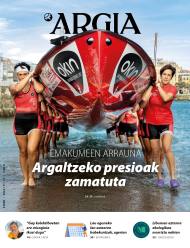


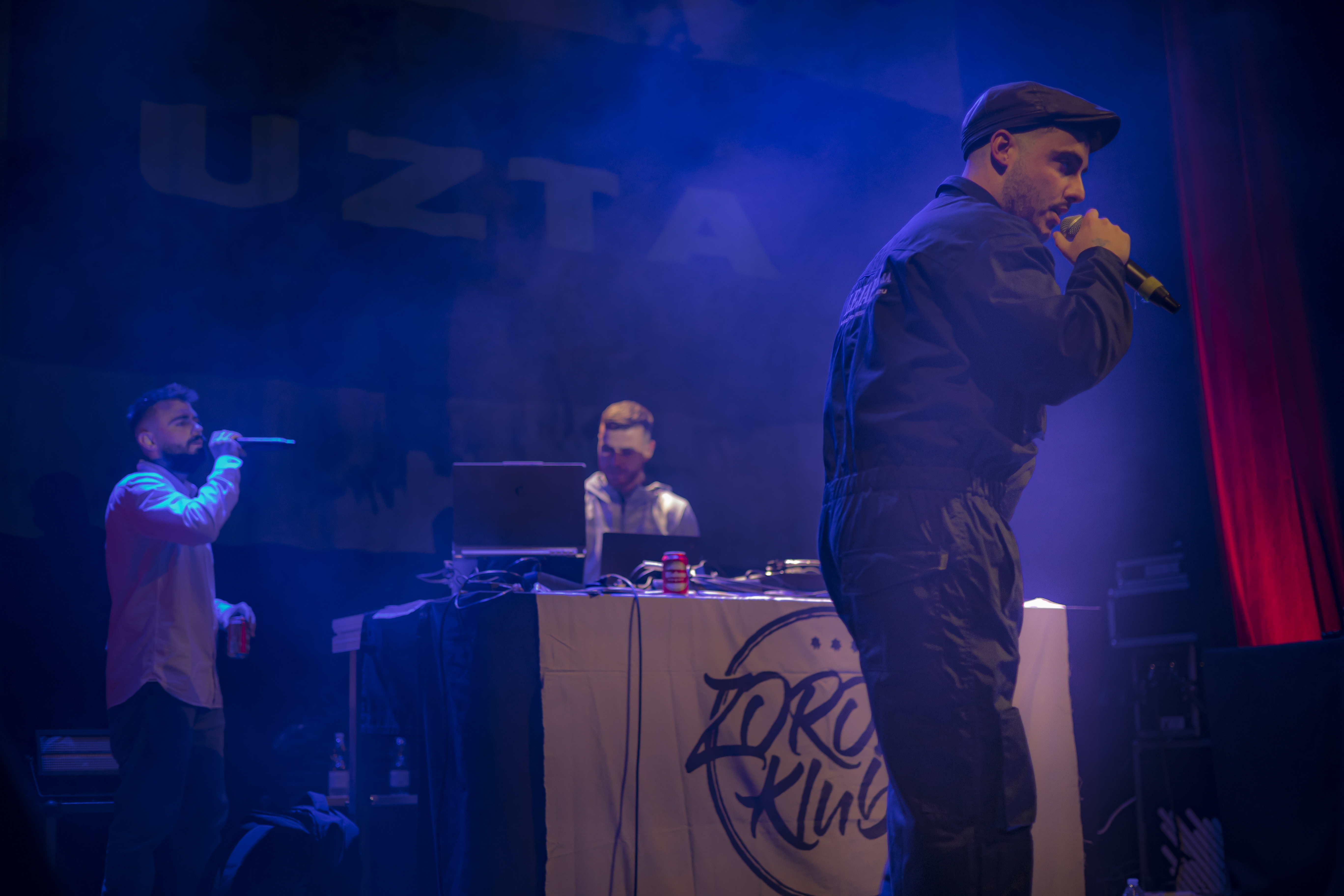
.jpg)

